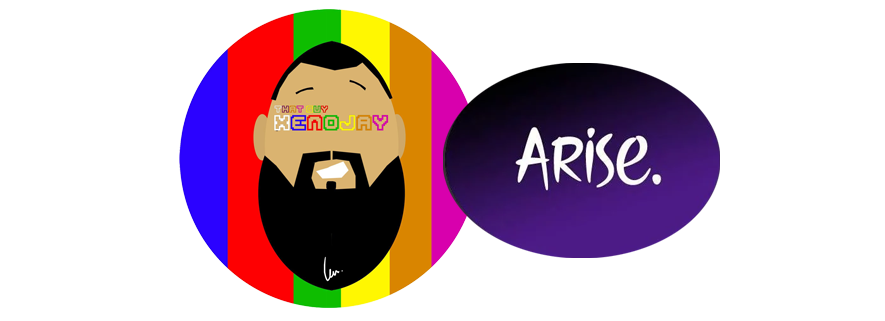Sure, the title is a slight twist on one of my previous articles.
But it works in the context of what I’m trying to talk to today. The virtue is “a good or useful quality of a thing”. We can add more fun when we see the word ‘virtual’ shares the same branch of latin as ‘virtue’, both derived from ‘virtus’. This in turn represents the proposition of virtual. The meaning, or sense, of a proposition which is not a material aspect of the proposition (whether written or spoken) but is nonetheless an attribute of it.
Therefore virtual reality is a proposition of a thing which elicits a sense of reality.
The precursor to virtual reality is attributed to the stereoscope. As a pair of glasses, they depicted left and right-eye views of the same scene, which would present as a single three-dimensional image. This probably reminds you of something a little closer to our time: The View-Master. How beautiful was that device as a child? Presenting things of wonderment to you in 3D. With that in mind, it perfectly talks to the experience we want from this virtual reality.
The ability to travel somewhere new or to escape too.
As the technology grew throughout the years, from its use at NASA’s Jet Propulsion Labratory, through to creations for the Sega Mega Drive, it really came to a head around 2012. This is thanks to the Oculus Rift. After a successful Kickstarter campaign, it embedded the idea of virtual experiences really being able to be had at home. And Sony wanted in on this.
Entering the market with kit that could compete within mid to upper class households, Project Morpheus had 2 major advantages. It would become the PlayStation VR, working alongside the PlayStation 4 which was the highest selling console for its generation. And that you only needed the console to make it work. While VR on PC isn’t particularly limited, at the time they required a decently spec’d machine which wouldn’t saturate as many houses as the PS4. Alongside these, was one more advantage:
Stage in life-cycle and software support.
Stage in life-cycle is important, because this means the PlayStation console is easier to develop for. And due to market saturation, more developers would onboard to support the new peripheral. This meant within its launch window in 2016, it had up to 230 developers already working on it, and up to 50 titles ready to launch by year end.
Going on to sell over 5 million units, then President Andrew House said sales were “far beyond expectation”. So it makes sense Sony take a shot at it one more time.
The virtues of this reality are the PSVR2.
Thank to the success of the previous unit, Sony surprised an industry which wasn’t expecting them to announce another. While it’s been just over 2 years into the PlayStation 5’s lifecycle, there’s an underlying thought we haven’t even seen what the console is capable of. And now we have it delivering a new VR experience at home. With this addition of a new piece of technology which is leaps and bounds past its predecessor, Sony hopes to elicit a sense of reality with it. And they may just pull it off.

